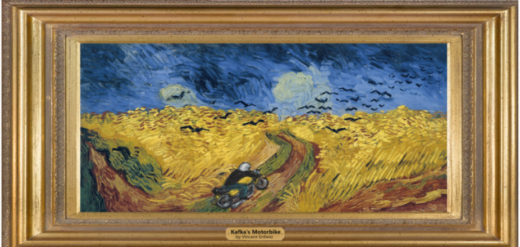
In Chapter Sixty-Five (Long Distance Runaround), Eddie insists that his impending death in an art gallery fire must cause an inevitable public outcry. A refutation of his protest is near at hand: secreted within a nearby painting called “The Fall of Icarus”.
‘Note how everything turns away quite leisurely from the disaster; the ploughman may have heard the splash, the forsaken cry, but for him, it was not an important failure. The sun shone as it had to on the white legs disappearing into the green water, and the expensive ship that must have seen something amazing, a boy falling out of the sky, had somewhere to go and sailed calmly on…’
WH Auden was living in Belgium when he saw Pieter Bruegel’s painting, only a little more than a year after he’d observed firsthand the brutalities of the Second Sino-Japanese War and the Spanish Civil War.
If Auden had once hoped that the World might intervene after the Rape of Nanking or the Red and White atrocities, then his poem acknowledges humanity’s usual attitude towards suffering: that being dimly aware of some catastrophe is one thing; taking heed is another. We are mostly too absorbed in mundane tasks, such as ensuring we set sail on time or finishing that ploughed field before the sun goes down.
Or as an old Flemish proverb puts it: “No plough stops for the dying man”.
